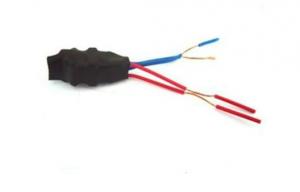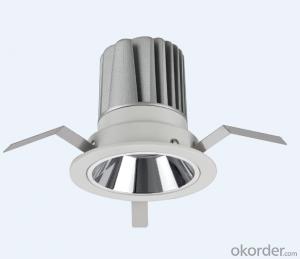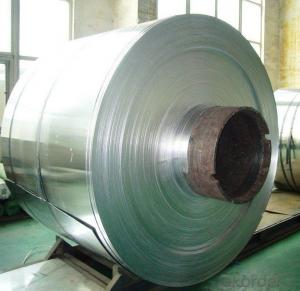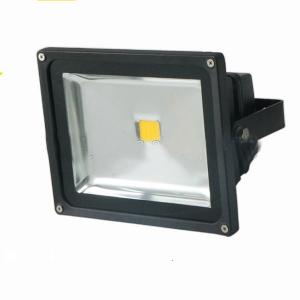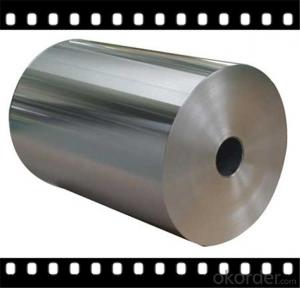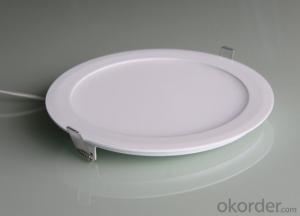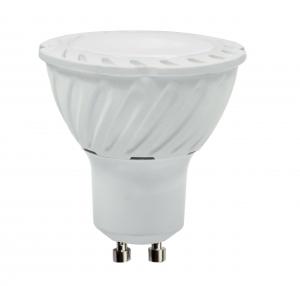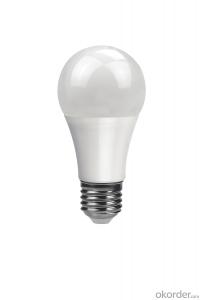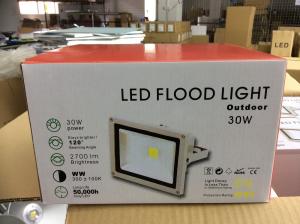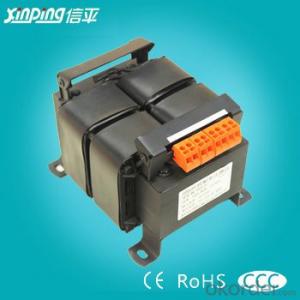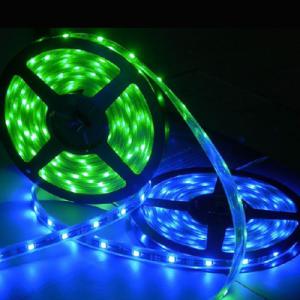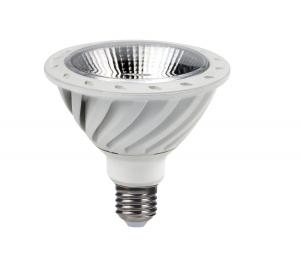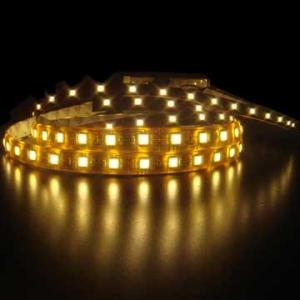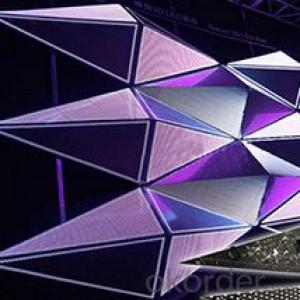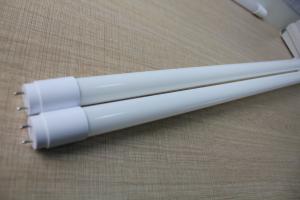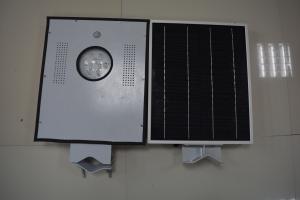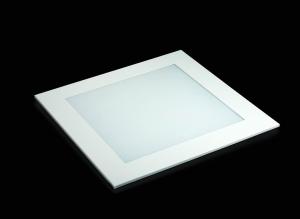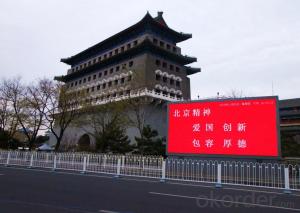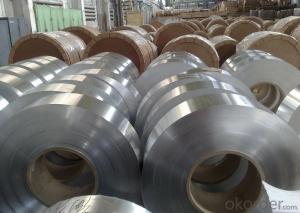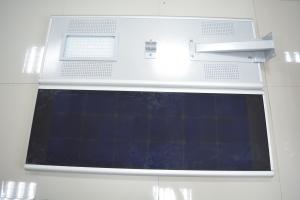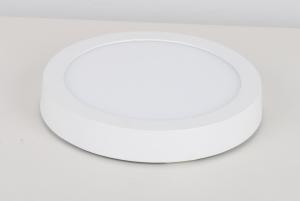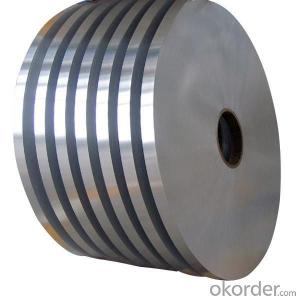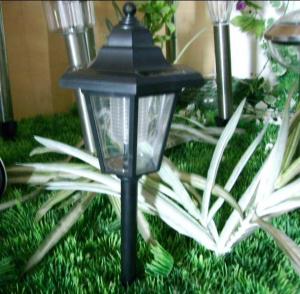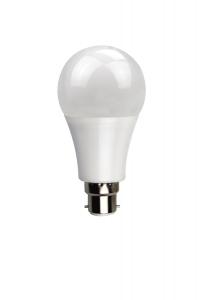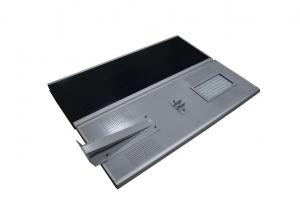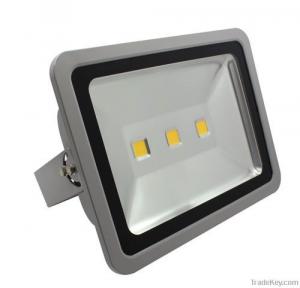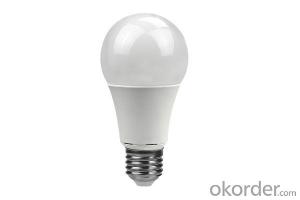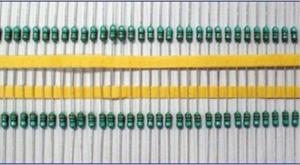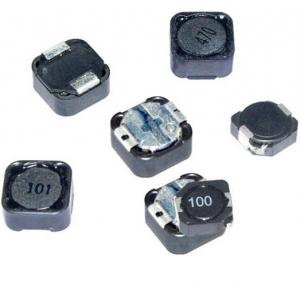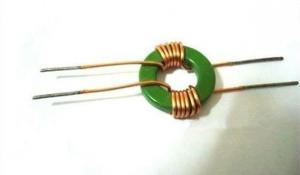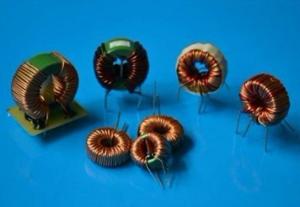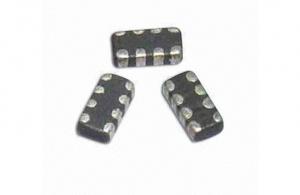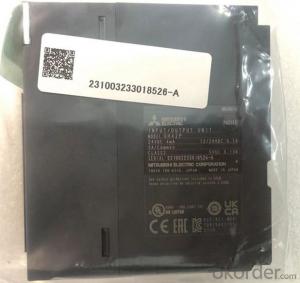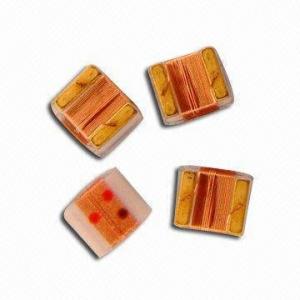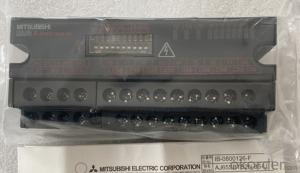Led Electronic Transformer
Led Electronic Transformer Related Searches
Grill With Led Light Bar Light Fixture With Chain Blu Ray Player With Recorder Blu Ray Player With Internet Steel Column Connection To Foundation Grinding Wheels Come In Grades From Coarse To Dodge Ram Led Light Bar Grill Led House Light Fixtures Small Led Light Fixtures Intellibrite Led Pool LightHot Searches
Buy Electronic Parts Online Electronic Parts Online Shopping Electronic Cables Online High Mast Light Specification Led Light Manufacturers Led Headlight Manufacturers Pool Light Installation Cost Led Light Manufacturers Samsung Mobile Accessories Price List Led Headlight Manufacturers Cost To Waterproof A Basement Best Grinder To Buy Best Nuts To Buy Best Place To Buy Flashlights Cost To Install Frp Panels I Want To Buy A House Cost To Hire Scaffolding Cheapest Place To Buy Plywood Medical Supply Store Close To Me Cost To Aerate LawnLed Electronic Transformer Supplier & Manufacturer from China
Okorder.com is a professional Led Electronic Transformer supplier & manufacturer, offers integrated one-stop services including real-time quoting and online cargo tracking. We are funded by CNBM Group, a Fortune 500 enterprise and the largest Led Electronic Transformer firm in China.Hot Products
FAQ
- An engineer is asked to design a 10mH inductor. They design an inductor with the following parameters 500 turns of 30 AWG wire, the lengh of the coil i 1.9 cm and the diameter o the coil i 1 cm, and the core is ferrite with a permeability of 20 micro H/m. What i the actual impedance o the coil design?Also, which statement would most correctly describe how you would fix the design to the inductance of the inductor is 10mH? Why?A) Double the diameter of the coil to 2cmB) Halve the number o turns to 250C) Decrease the number o turns to 350D) Increase the number o turns to 650E) Halve the diameter of the coil to .5 cm
- ** C) Decrease the number of turns to 350. What is he actual INDUCTANCE, not impedence, which would only occur at a specific frequency, ok. Using the formula or calculator at source, gives inductance for values as 20.667mH. Now adjust design to yield 10 mH . Because the inductance is proportional to the square of the number of turns. So 500? 250000 Make this half 125,000 Get √125,000 353.55, Which is close enough to 350, Answer Check on calculator to confirm. Please request clarification, if required.
- I need help answering this question i have no idea how to do the steps if you could lead me through the steps or tell me what to do that'd be fantastic.An inductor is fabricated with 500 turn of wire, a diameter of 1 centimeter and a length of 2 centimeters, and an air core with a permeability of 1.25X10^-6 H/m. A DC current of 500 mA is made to flow through the inductor.Find:A) The inductanceB) The energy stored in the field:C) The energy stored in the field if a steel core, with apermittivity of 4000 is inserted into the coil.
- A)From physics, you know that: B μNI / h where μ is the permeability h is the height of the loop B is the magnetic flux N number of loops B 0.03125 wb An the inductance L is equal to L B/I L 0.0625 H B) Energy stored 1/2 LI^2 0.007813
- Hello! I am a college student who wants to get extra credit in my Electronics class (I need it desperately).I heard that in some circuits you can replace a capacitor with an inductor, so I wanted to do a experiement:-Build a standard common emmitter circuit with a capacitor-Build another common emmitter circuit with a equivalent inductor-Compare and contrast the responseI did a google search on how to replace a inductor with a capacitor in a circuit, but to no avail. I haven't found anything.Do any of you brilliant engineers know about this circuit technique? Can you direct me to more information on how to do this?Thanks!
- I believe that the substitution is real, but not literal - for example in op amp filters a feedback inductor is the same as a feed in capacitor, and so on. Perhaps at a certain frequency a capacitor will look the same as an inductor in a circuit, but it seems impossible to for a capacitor to replace an inductor across all frequencies. Then again, I'm still an undergrad, and perhaps in something like a dc oscillator, it could be done.
- An inductor that has an inductance of 24 H and a resistance of 41 ? is connected across a 120 V battery. What is the rate of increase of the current at 0 s. Answer in units of A/s.What is the rate of increase of the current at 0.7 s.Answer in units of A/s.
- Back emf,e L.di/dt where L inductor, di/dt is the rate of change of current. And Z^2 R^2 + XL^2 where Z is impedance, R is the resistance and XL is the inductive reactance. Z^2 41^2 + (2pi*60*24)^2 [Assuming line frequency, f 60 Hz) Z^2 1681 + 8985.6 10666.5 Z 103.27 ohms. Now the total current ,I 120/ Z 120/ 103.27 1.162 amps. Again, T L/R where T Time constant 24/41 .58 sec which is one time constant' In this period, the current flows 63% of the full current 1.162 amp .73 amps. For full current of 1.62 to flow is the time, 5T .58*52.9 sec.And discharge current is 37% 1.162*.37 .59 amps, During this period, back emf occurs Hence the back emf,e .59*sqrt8985.6 or,e .59*94.7 55.8 volts at this voltage, then at .7 sec, di/dt .59/.7 .84 amp/sec at 0 sec, di/dt .84/0 infinity that is like a short circuit current. I think this is the answer. Thank you.
- An LC circuit consists of a capacitor, C 1.72 μF, and an inductor, L 5.32 mH. The capacitor is fully charged using a battery and then connected to the inductor. An oscilloscope is used to measure the frequency of the oscillations in the circuit. Next, the circuit is opened, and a resistor, R, is inserted in series with the inductor and the capacitor. The capacitor is again fully charged using the same battery and then connected to the circuit. The angular frequency of the damped oscillations in the RLC circuit is found to be 19.5% less than the angular frequency of the oscillations in the LC circuit. a) Determine the resistance of the resistor. b) How long after the capacitor is reconnected in the circuit will the amplitude of the damped current through the circuit be 19.0% of the initial amplitude? c) How many complete damped oscillations will have occurred in that time?
- We know Wo 1/sqrt(LC) 10,454 rad/s Wd is given to be 0.805*Wo Looking at the reference alpha^2 Wo^2 - Wd^2 and Wd 0.805*Wo alpha^2 Wo^2(1-0.805^2)38,465,981 alpha 6202.1 R/2L R 66 Ohms b) we can write 0.19 e^(-6202.1*t) Ln(0.19)/(-6202.1) t 0.268 milliseconds c) wd 8415.5 2pi/T T 0.747ms So it appears the current is at 19% before even one oscillation has finished unless I have an error. In an RLC ckt when the charged cap is connected, i(0) 0 All of the voltage is dropped across the inductor meaning VR0 at t0 which means i(0) 0 So not sure what initial amplitude they are talking about
- A 100-turn, air-core inductor has an area of 200 square micro-meters and is 200 milli-meters long. What is its inductance?A. 12.6 micro-henrysB. 1.26 milli-henrysC. 12.6 milli-henrysD. 126 micro-henrys
- Lmuo N^2 area/length where muo4 pi*10^(-7) and area is in meters squared and length is in meters. You can do the math.
- A homework question for my Electromagnetic Fields and Waves course asks, How would you build a 0.1H inductor? I am extremely stuck! I have researched and tried to figure this out but I am having no luck. My classmates are having trouble as well. Please help!
- Use a large ferrite torroid and wind it out of solid copper magnet wire. Get the torroid from an electronic scrap sales.you could also use a ferrite rod for the core. Ferrite rod or torroid will keep down the amount of wire necessry to wind it. the wire size will determine the current handling capability.
